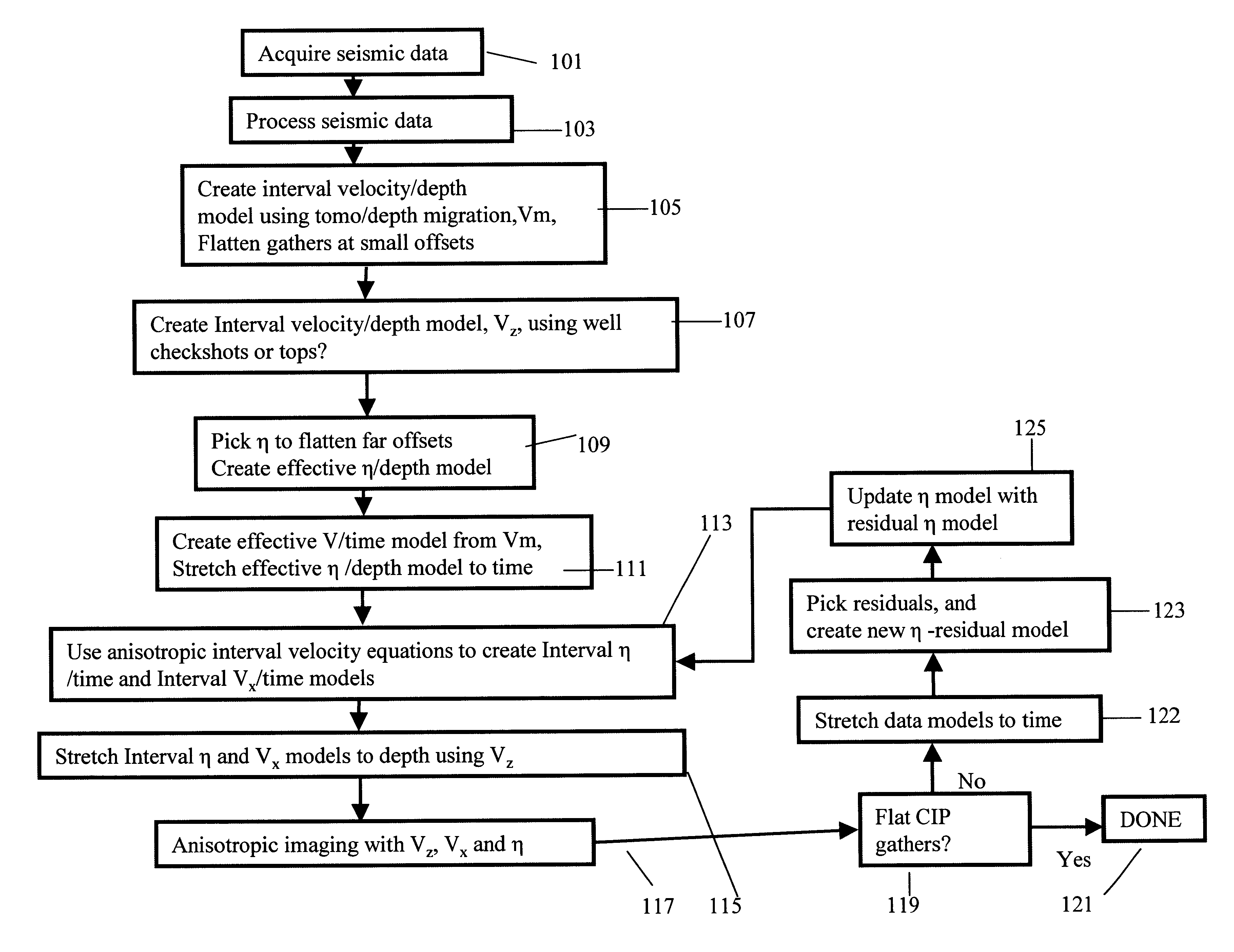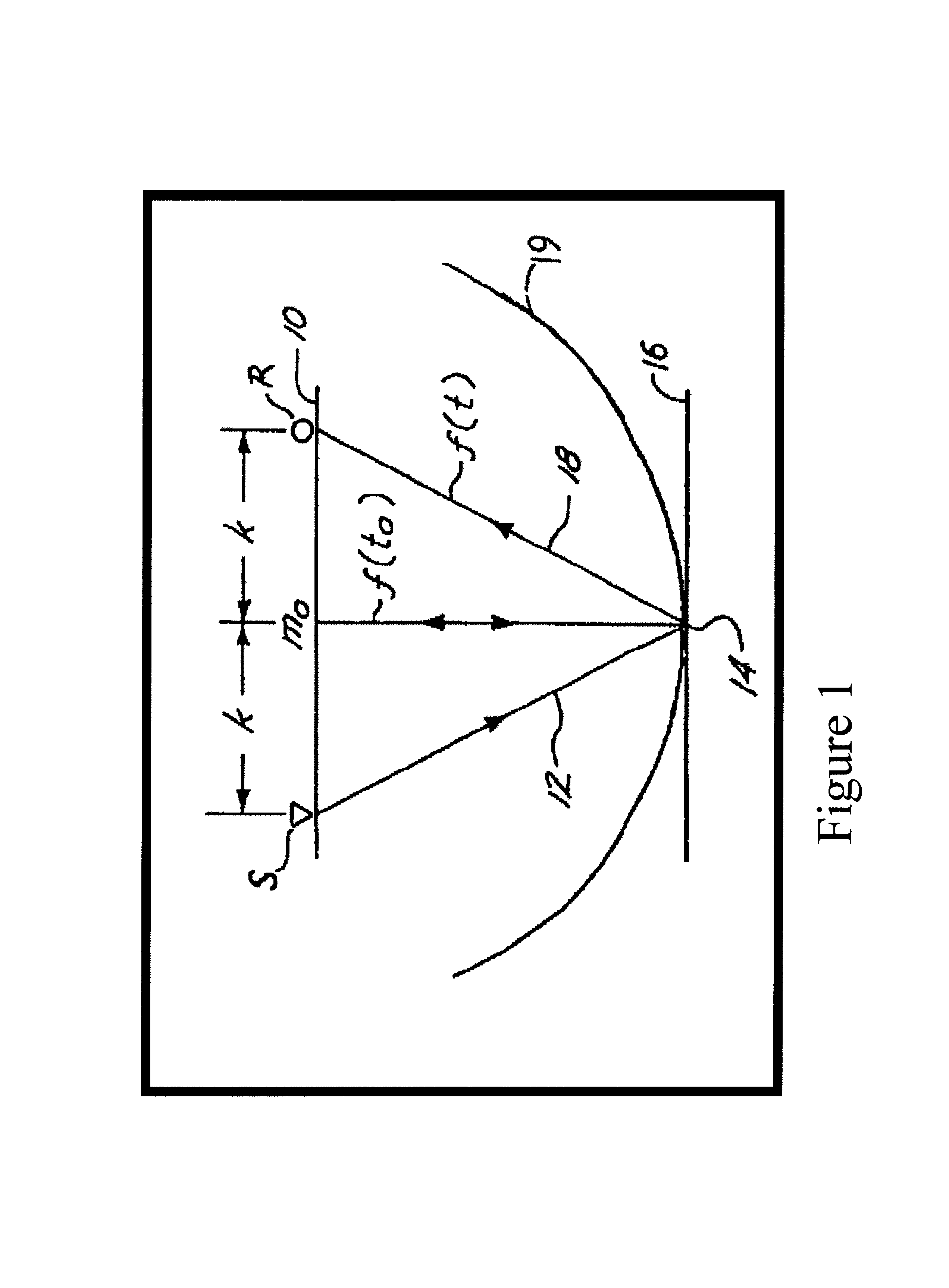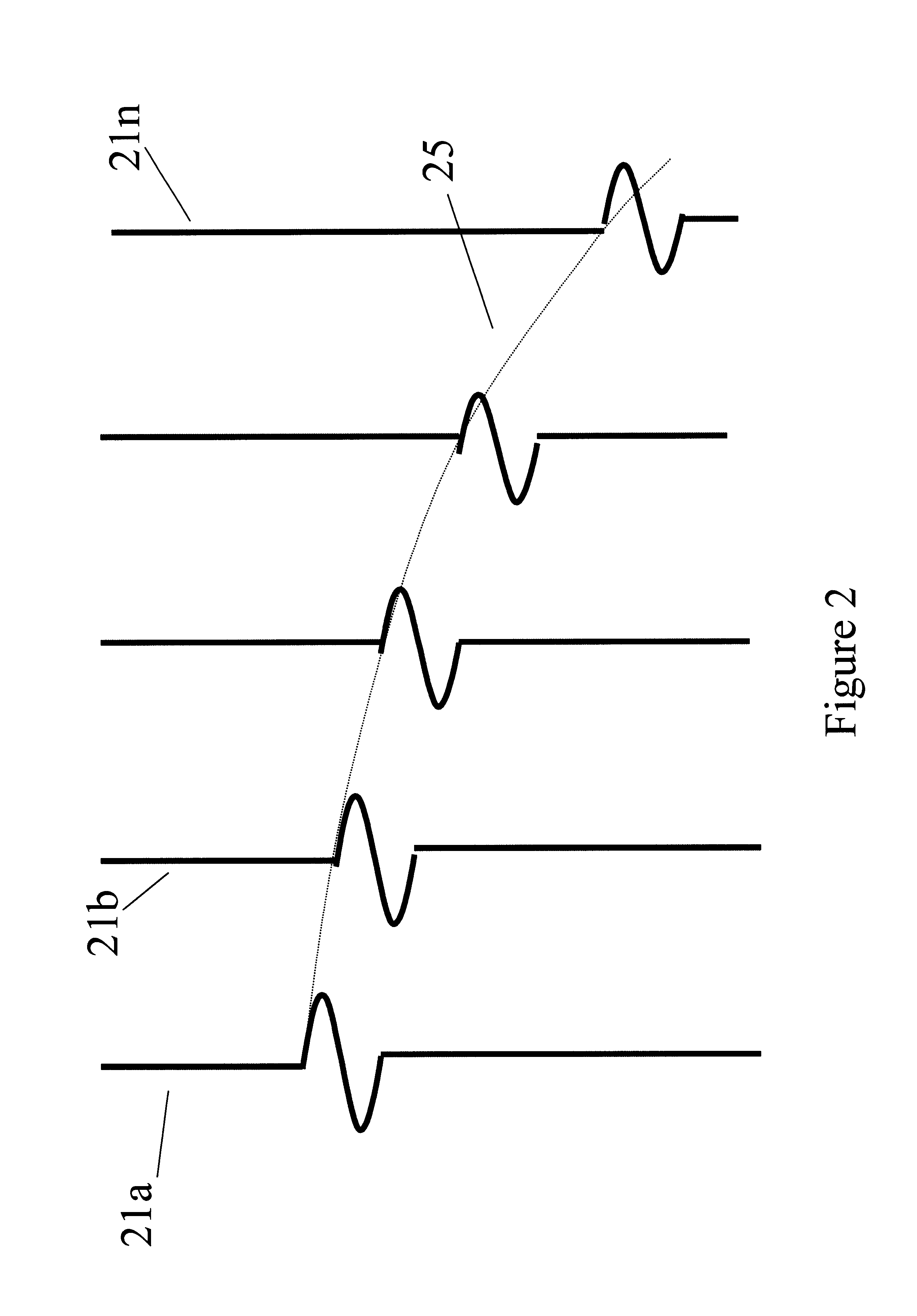Method of building and updating an anisotropic velocity model for depth imaging of seismic data
an anisotropic velocity and depth imaging technology, applied in the direction of 2d-image generation, static indicating devices, instruments, etc., can solve the problems of not easily determinable parameter csub>13 /sub> by measurements parallel to and perpendicular to the symmetry axis, and gretchka & tsvankin do not address the interaction between
- Summary
- Abstract
- Description
- Claims
- Application Information
AI Technical Summary
Benefits of technology
Problems solved by technology
Method used
Image
Examples
Embodiment Construction
Turning now to FIG. 3, a flow chart that includes the preferred embodiment of the present invention is shown. Anisotropic depth migration requires three independent models: a vertical velocity model Vz, a horizontal velocity model Vx, and an anisotropy parameter model η satisfy this requirement. Seismic data over the region of interest are acquired or obtained 101 using any one of numerous well-known seismic exploration techniques. This gives seismic traces such as those depicted in FIG. 2 wherein one or more seismic reflections (or diffractions) appear on a plurality of seismic traces. Each seismic trace is associated with a source position and a receiver position. Shown in FIG. 4 is an example of a seismic section. It is to be noted that in actual practice, color displays are used for displays of seismic sections and diagnostics: this greatly increases the ease with which desired features can be seen. Black and white displays, as shown in this document, are usually adequate, but c...
PUM
 Login to View More
Login to View More Abstract
Description
Claims
Application Information
 Login to View More
Login to View More - R&D
- Intellectual Property
- Life Sciences
- Materials
- Tech Scout
- Unparalleled Data Quality
- Higher Quality Content
- 60% Fewer Hallucinations
Browse by: Latest US Patents, China's latest patents, Technical Efficacy Thesaurus, Application Domain, Technology Topic, Popular Technical Reports.
© 2025 PatSnap. All rights reserved.Legal|Privacy policy|Modern Slavery Act Transparency Statement|Sitemap|About US| Contact US: help@patsnap.com



